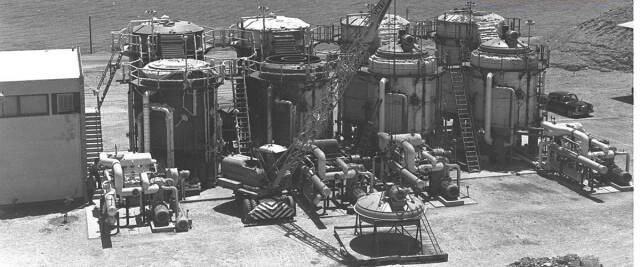Free Courses Sale ends Soon, Get It Now


Free Courses Sale ends Soon, Get It Now



Disclaimer: Copyright infringement not intended.
Context: While the technology to convert ocean water to fresh water is not new, it has not been a viable solution for most regions due to its high economic and environmental costs.
Details:
The challenges:
About Desalination:
Alternatives: solutions such as cloud seeding or even iceberg harvesting remain unproven at scale.
Global use:
Marine and climate impacts of desalination:
Solutions:
|
PRACTICE QUESTION Q) Despite being highly energy intensive and environmentally toxic, Desalination is the obvious way to go. Comment. (150 words) |
© 2024 iasgyan. All right reserved